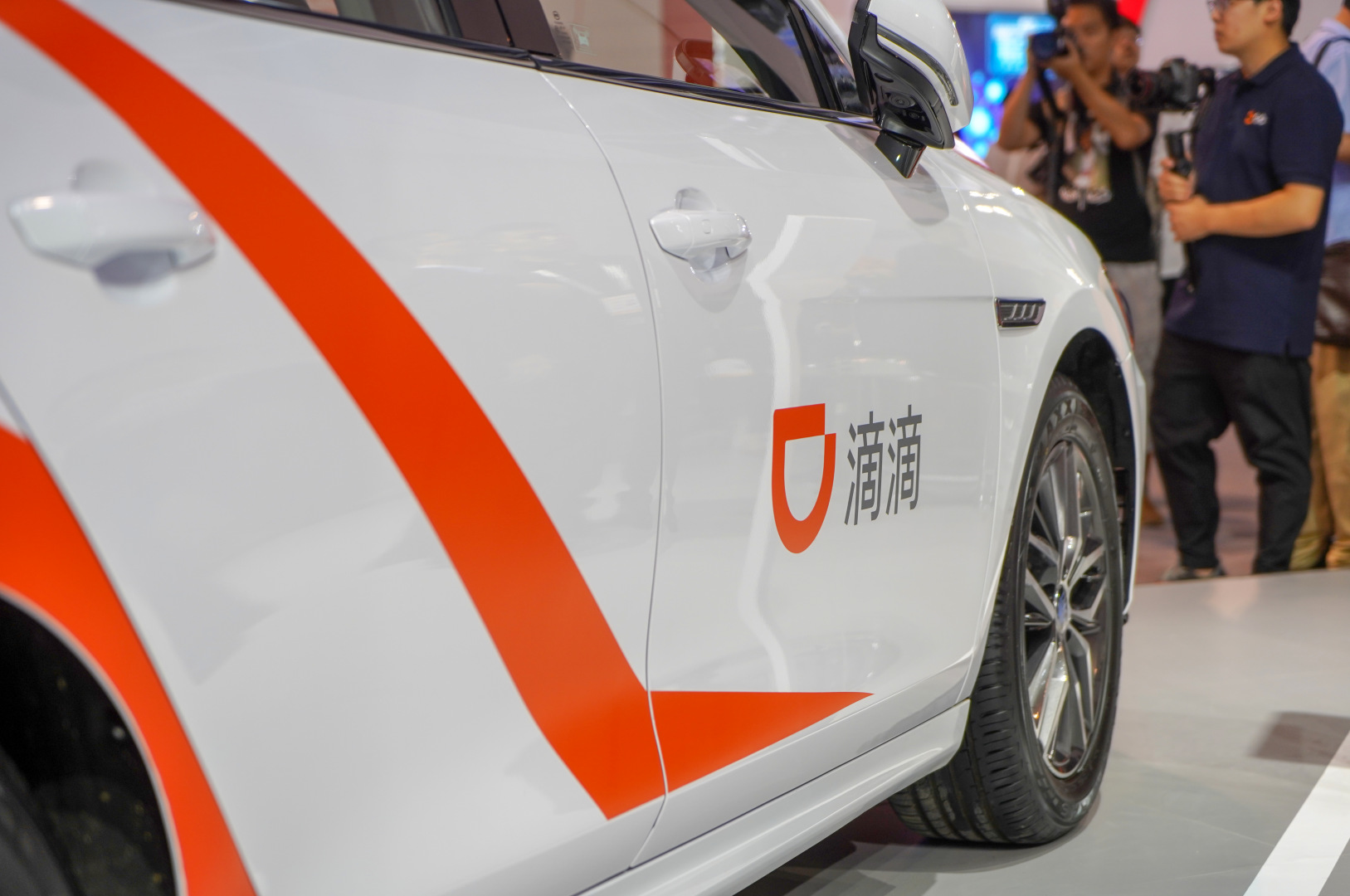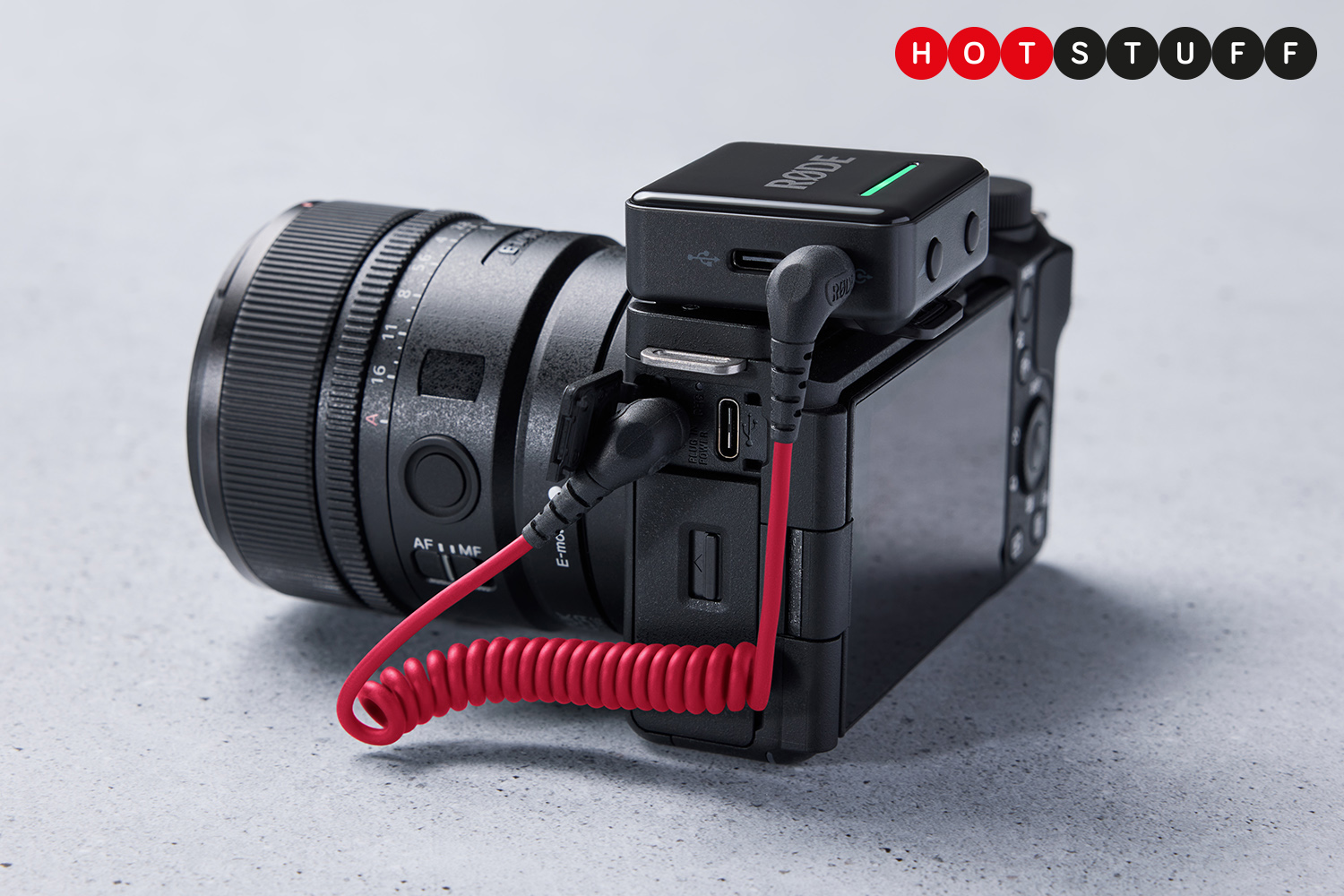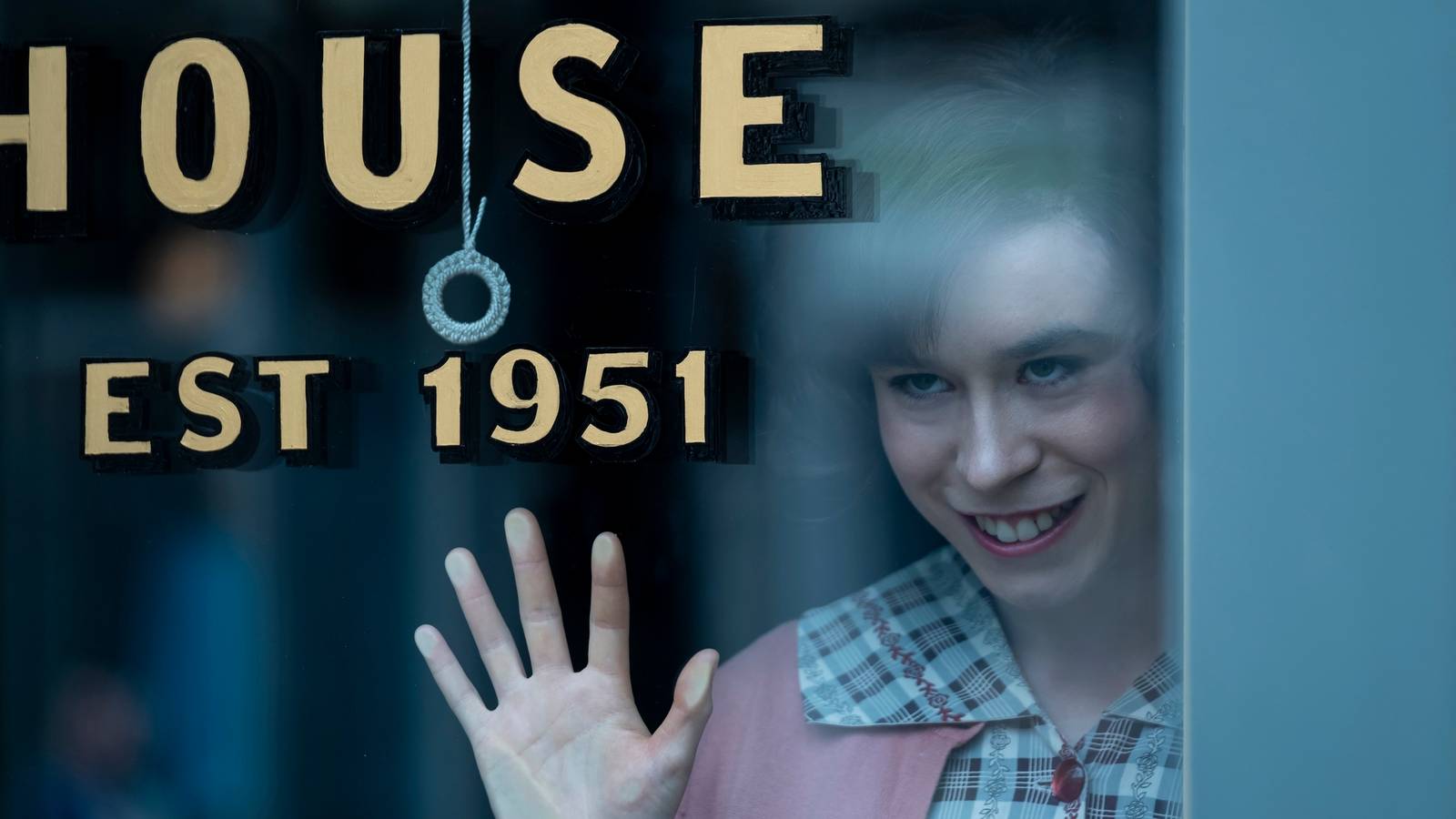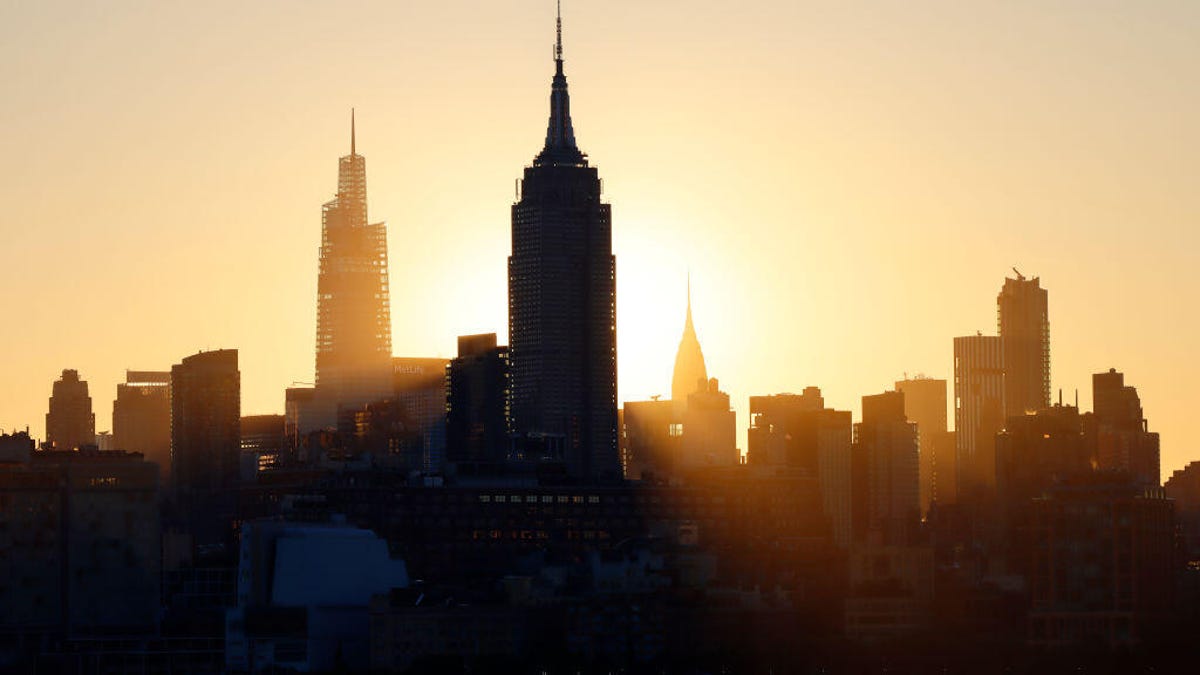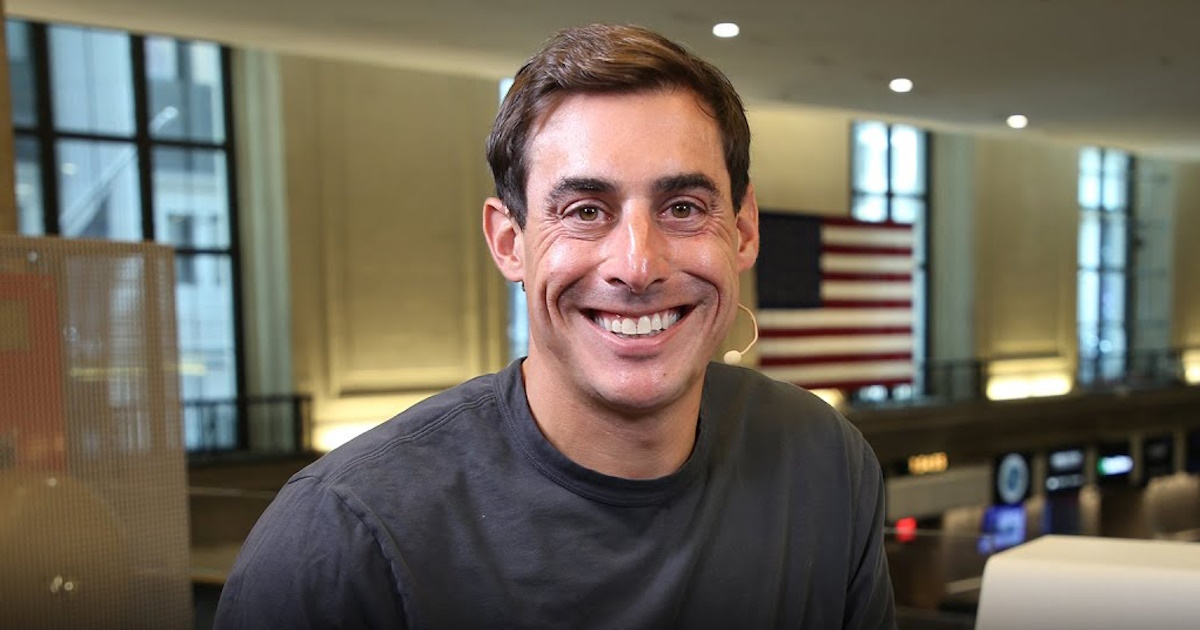A LANDMARK trial against Tesla has begun after one of the company’s self-driving cars killed a woman as she was stargazing with her boyfriend.
Naibel Benavides, a university student, was sent flying 75ft through the air after she was hit by a Tesla that allegedly ran through a red light and a stop sign in Florida.
4

4

4
Naibel’s boyfriend was left seriously injured in the 2019 incident, while her body was found in a wooded area following the harrowing smash.
The trial began Monday in Miami, with a jury to decide if Elon Musk’s company is partly to blame for Naibel’s death.
Lawyers argue that Tesla’s driver-assistance feature – Autopilot – should have warned the driver and braked before the tragic crash.
The Model S blew through flashing red lights as well as a a stop sign and a T-intersection at nearly a staggering 70 miles an hour in the April 2019 crash, it’s alleged.
Tesla lays the blame solely on the driver, who was reaching for a dropped mobile phone at the time.
George McGee, who was behind the wheel, was sued separately by the plaintiffs before reaching a settlement with the victims’ families.
Tesla said in a statement: “The evidence clearly shows that this crash had nothing to do with Teslas Autopilot technology.
“Instead, like so many unfortunate accidents since cellphones were invented, this was caused by a distracted driver.”
Musk’s company has continuously worked to convince the public its self-driving technology is safe during a planned rollout of hundreds of thousands of Tesla robotaxis on US roads by the end of next year.
A jury trial is rare for the company – with past suits over crashes being often dismissed or settled.
And what’s more, this case could be the rarest one yet as a judge recently ruled that the family of the stricken Naibel can argue for punitive damages.
The 2021 lawsuit alleges the driver relied on Autopilot to reduce speed or come to a stop when it detected objects in its way.
This included a parked Chevrolet Tahoe that Naibel and her boyfriend had gotten out of near Key West, to look up at the sky.
The Tesla rammed the couple’s car at highway speeds, causing it to rotate and slam into Naibel, throwing her into a wooded area and tragically killing her.
In legal documents, Tesla denied nearly all of the lawsuits allegations and said it expects that consumers will follow warnings in the vehicle and instructions in the owners manual, as well as comply with driving laws.
Tesla warns owners in manuals that its cars cannot drive themselves and they need to be ready to intervene at all times.
Lawyers argue that Tesla should have a geofence on Autopilot so it could only work on the big roads it was designed for rather than smaller ones.
They also say data and video evidence shows the Autopilot did detect the couple’s car but then failed to warn the driver as they claim it should have done.
Tesla has since improved its driver-assistance and partial self-driving features, but still faces lawsuits and investigations over what critics say is a gap between its depictions of how well they work and the actual reality of what they can do.
In 2023, federal auto safety regulators recalled 2.3 million Teslas for problems with Autopilot failing to sufficiently alert drivers if they weren’t paying attention to the road.
They then put Tesla under investigation last year for saying it fixed the problem – though it was unclear it actually did that.
Musk has also continued to suggest that Tesla’s Full Self-Driving technology allows cars to drive themselves – despite warnings from regulators not to do so as it could lead to over-reliance on the systems, crashes and deaths.
The technology has been involved in three fatal crashes and is under investigation of its ability to see in low-visibility conditions such as sunlight glare or fog.

4


